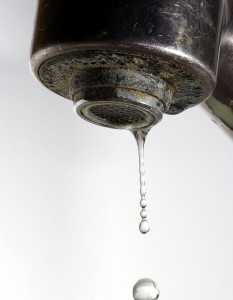Georgia asks…I have hard water where I live. Should I be using a chelating shampoo to remove mineral build-up? If so, should I use it every time I shampoo, every other time, etc. I color my hair and it is normal to dry.
Back when people used soap-based cleansers for their hair, hard water was a serious problem because soaps react with minerals to form an insoluble salts that build up on hair. Fortunately, the surfactants used in modern shampoos don’t cause this problem. Still, if your water is very hard you may get some mineral deposits from the residual rinse water drying in your hair. If you don’t notice this buildup then you probably don’t need to use a special shampoo. If you do notice your hair looking dull, shifting color, or feeling raspy then then using a chelating shampoo is not a bad idea on occasion. It’s unlikely that you’d need to use it everyday.
When shopping for a chelating shampoo look for “EDTA” on the label. That stands for Ethylene Diamine Tetra Acetate and it’s the ingredient that complexes with the minerals in the water and helps them rinse away. There are many shampoos that use EDTA at very low levels as part of their preservative so you should look for a shampoo designed specifically for chelating that uses higher levels of this ingredient.
If you’re shopping for a chelating shampoo to get rid of hard water on hair, you can support the Beauty Brains by buying through this link.

